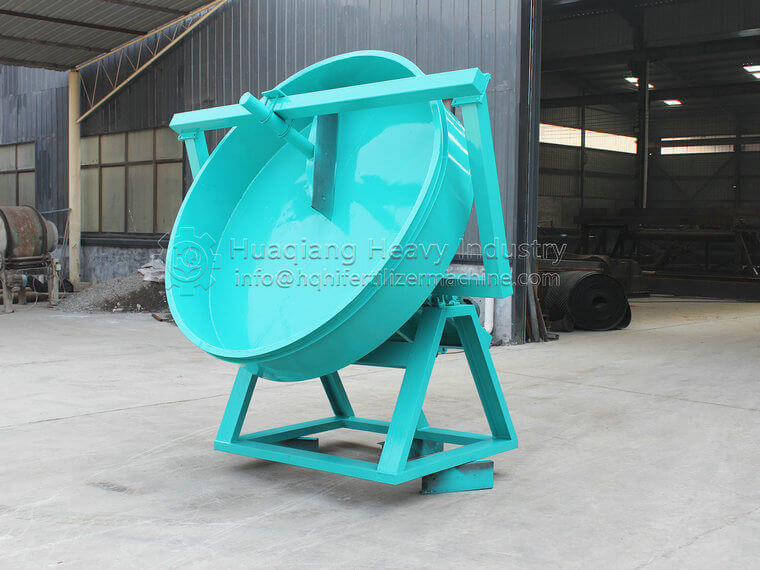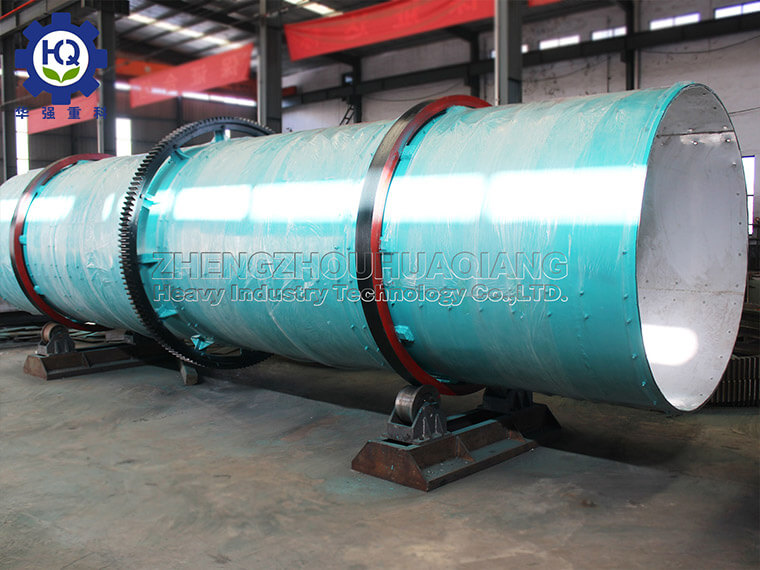In today’s society, with the increasing awareness of food safety and environmental protection, organic agriculture is gradually emerging, and organic fertilizer, as one of the core elements of organic agriculture, has also received much attention. Organic fertilizer equipment, as an important tool for organic fertilizer production, is playing an increasingly important role.
Organic fertilizer equipment refers to mechanical equipment used for converting organic waste into organic fertilizer, mainly including organic fertilizer composting machines, organic fertilizer fermentation tanks, organic fertilizer crushers, etc. Their emergence has greatly improved the efficiency and quality of organic fertilizer production..jpg)
Firstly, organic fertilizer equipment can effectively solve the problem of waste disposal. Traditional agricultural waste, such as crop straw and livestock manure, if not effectively treated, can cause environmental pollution and resource waste. Organic fertilizer equipment converts these wastes into high-quality organic fertilizers through scientific fermentation treatment, reducing the negative impact of waste on the environment and achieving resource recycling and reuse.
Secondly, organic fertilizer equipment can help improve soil quality and promote crop growth. Organic fertilizers are rich in organic matter and nutrients. By applying organic fertilizers, soil structure can be improved, soil water and fertilizer retention capacity can be increased, and soil fertility can be enhanced. Meanwhile, the microorganisms and beneficial bacterial communities in organic fertilizers contribute to the establishment and maintenance of soil ecosystems, promote healthy growth of crops, and improve crop yield and quality.
In addition, organic fertilizer equipment also has the characteristics of easy operation, energy conservation and environmental protection. Modern organic fertilizer equipment adopts an intelligent control system, with a simple and convenient operation process that does not require complex technical operations. At the same time, the design of the equipment also emphasizes energy conservation and environmental protection, reducing energy consumption and pollution emissions. This has made organic fertilizer equipment widely used in agricultural production, providing convenience for farmers.
In summary, the emergence of organic fertilizer equipment has provided strong support for the development of organic agriculture. It not only solves the problem of waste disposal, but also improves soil quality, promotes crop growth, and achieves sustainable development of agriculture. With the continuous innovation and improvement of technology, it is believed that organic fertilizer equipment will play a more important role in future development, promoting agriculture towards a more green and sustainable direction.
.jpg)


.jpg)
.jpg)

.jpg)
.jpg)
